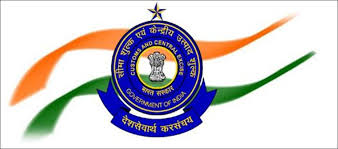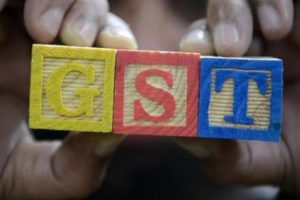 In order to check “frivolous and fraudulent” tax credit claims by businesses, the CBEC has decided to verify demands of top 50,000 tax payers claiming maximum GST transitional credit, starting with those where the quantum exceeds Rs 25 lakh.
In order to check “frivolous and fraudulent” tax credit claims by businesses, the CBEC has decided to verify demands of top 50,000 tax payers claiming maximum GST transitional credit, starting with those where the quantum exceeds Rs 25 lakh.
The verification of “unreasonable” transitional credit claims would be conducted in four phases, a source said, adding that credit verification will remain one of the focus areas in 2018-19.
As part of transition to GST last July, taxpayers were allowed to file Form TRAN-1 and avail tax credit on the basis of closing balance of the credit declared in the last return under the pre-Goods and Services Tax regime.
In order to check “frivolous and fraudulent” transitional credit claims, the CBEC has shared with field offices the list of 50,000 taxpayers whose claims would be further scrutinised.
It is suspected that some of these businesses might have obtained a registration under the GST only to claim transitional credit benefits, the source added.
In the first phase, the tax officers will verify transitional credit claims where the growth is more than 25 per cent or the credit availed is in excess of Rs 25 lakh. This verification is to be completed by June and a status report has to be given to the Central Board of Excise and Customs (CBEC) by July 10.
One-third of the remaining claims of 50,000 taxpayers will be verified in three phases — July-September, October-December and January-March (2019).
Taxpayers who have claimed transitional tax credit of more than Rs 25 lakh and have reported 25 per cent increase in such claims are also likely to be asked to submit a detailed statement of purchases during October 1, 2016, to June 30, 2017, the source said.
According to revenue department data, as much as Rs 65,000 crore of transitional input tax credit was claimed by businesses as on September 2017.
Concerned over large claims for which there was no “bona-fide explanation”, the revenue department had asked taxpayers to revise their claim forms by December 27, 2017, or face enforcement action.
Worried over huge claims, the CBEC conducted a “preliminary scrutiny” following which it has now decided to further verify the “correctness of the transitional credit in a more focused and concerted manner”, the source said.
However, in a communication to the field formation, the CBEC said that efforts should be made on the basis of data already available with the department without contacting the taxpayer.
It further said wherever contact with taxpayers is absolutely essential, it should be done with due caution.
“Summon should be issued only where the taxpayer is not sharing information even after repeated requests and lapse of an unreasonable period of time,” it said.
AMRG & Associated Partner Rajat Mohan said the move comes amid disappointing tax collections.
“A detailed verification of transitional credit for pre-decided 50,000 GSTIN on all India basis comes as a no surprise. Credit verification would be a focus area in the new financial year, and big data analytics would be of great aid,” Mohan said.
As per a finance ministry reply to the Lok Sabha, GST mop up was Rs 93,590 crore in July, Rs 93,029 crore in August, Rs 95,132 crore in September and Rs 85,931 crore in October.
The collections in November stood at Rs 83,716 crore, December (Rs 88,929 crore) and January (Rs 88,047 crore).
Source: Times of India




